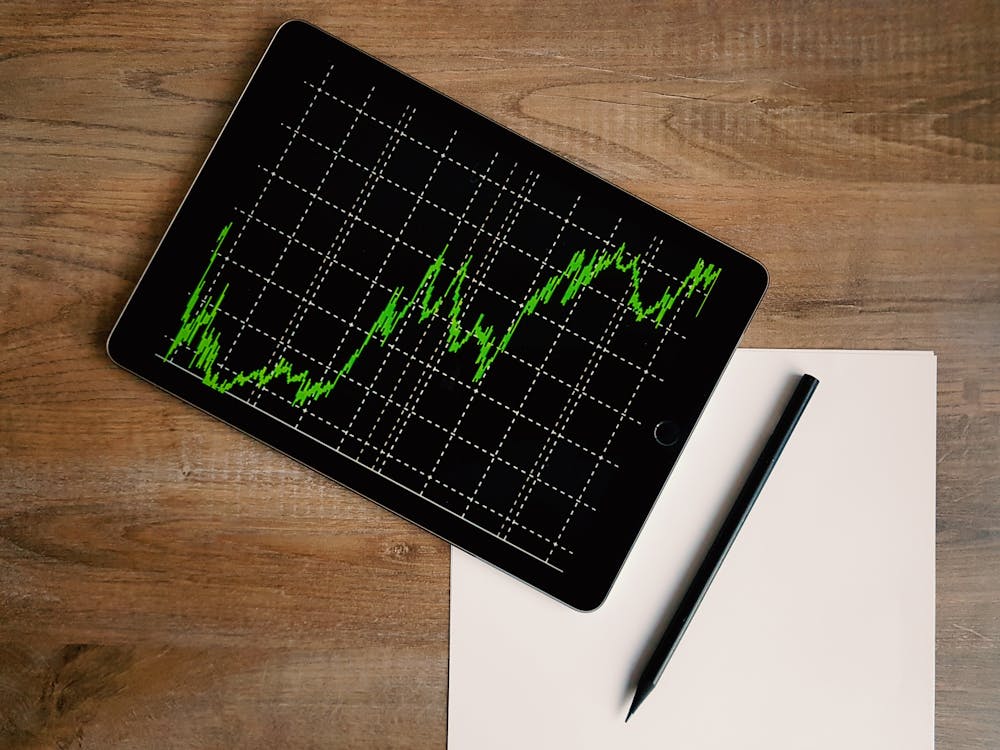
 Image Source: Pexels
Image Source: Pexels
First of all you might not think this market is irrational, which means you probably are heavily invested in the AI/Magnificent Seven trade. Congratulations! You’ve made a lot of money. As of Wednesday, July 3, that trade remained totally intact. Money continued to pour into Mag7 + AI names and eschew all else.Essentially the market is telling us these names are bulletproof (will do great in all economic environments) and everything else is vulnerable to an (often predicted ) economic downturn that is certainly coming as a result of the continued Fed higher rate policy. In the short run, this type of infatuation can produce unbelievable returns. In the longer run, for those late to the table it can be very painful. Regardless, this notion of invincibility is certain to be reinforced by Wednesday’s release of the Fed minutes from the June meeting indicating reluctance on the part of the participants to lower rates until we get more progress moving inflation closer to the Fed’s 2% target (an unrealistic goal IMHO).Considering the obvious performance gap that exists and has existed between the Mag7-weighted S&P 500 and economically sensitive Russell 2000, I believe this to be extremely irrational in light of the facts on the ground. Waiting for the slowdown, which is what the market has been doing since the Fed marched rates higher, is like “Waiting for Godot.” We keep talking, but it never shows up.To put a point on the discussion the folks at Alpine Macro did some work on the disparity and came up with this nugget:“The Russell 2000 has underperformed Large Caps by nearly 50% since March 2021. This is the largest performance disparity since the DotCom-era”Rounding out my bullet point heading this post (“The market can remain irrational longer that you can remain solvent.”– Keynes) the disparity was worse during the DotCom bubble. That period ran between June 1996 and April 1999. During that time the S&P 500 doubled and the R2K was only up 15% — 90% under-performance. If you had made the determination that the DotCom move was way overblown in late 1997 you could have, at worst, lost your fanny if you were short or, at best, a long investment in the Russell 2000 would have been dead (but volatile) money for a year and a half.The eventual result in the DotCom era was a 20% return in the following 12 months from the Russell 2000 with the S&P 500 up another 15% (around 1550) . Everything rolled over at the peak of the dot.com high in March 2000. Interestingly, while the S&P 500 and Nasdaq composite were trashed in the last nine months of 2000, the S&P 500 closing down 15% from its peak (no major exposure to the DotComs in the index) and the Nasdaq composite (heavily DotCom) closed down more than 5o% from its march 2000 peak, the R2K was only off about 4%. Subsequently, it would take 13 years for the S&P to regain and surpass its Y2K high and 15 years for the Nasdaq composite to do the same. Meanwhile from its Y2K high the Russell 2000 manage to continue to rally to an all-time highs culminating in May of 2007 at a then peak of 847 (+68% on the strength of a heavy weighting in financials and energy).Is this a carbon copy of the Y2K experience? I doubt it, but as history may not exactly repeat itself it does often rhyme. The DotCom bubble was for the most part built on ideas and not seasoned companies. Ergo, the potential for a 75% collapse in the Nasdaq composite would seem unlikely. However this time around, with so much of the S&P market cap represented by 7 stocks, significant under-performance could be seen in this index without the extreme disaster of the DotCom era. Meanwhile, as the market has leaned so far away from economically sensitive names, a real opportunity to make a lot of money exists in that sector.I’m not sure when the worm turns. Investing here, as was the case in the run-up to the Y2K bubble bursting, will take patience and deep pockets if you care to be on the short side in this market.Human nature never changes. We are attracted to those shiny objects that continue to go up day after day (with zero regard to valuation or fundamentals). Higher prices seem to create demand in the stock market (as opposed to stifling it). Many of the players in the current market either have forgotten the events of the DotCom bust or were not actively in involved in investing 25 years ago. History would say that they are at risk.More By This Author:Covid + Four: The Market Is At It Again
And Then There Was One – Nvidia
“Higher For Longer”: The Market’s Over It…You Should Be Too!















